Everything you need to know about cooking vegetables
Rachel Mills
01 November 2017
Top tips for glorious vegetables
.jpg)
Evgeny Karandaev/Shutterstock
The simplest ingredients aren't always the easiest to cook. Want to make vegetables the star of your plate? These expert tips show you how to choose, chop and prepare fresh produce from leafy greens to root vegetables.
Use your eyes
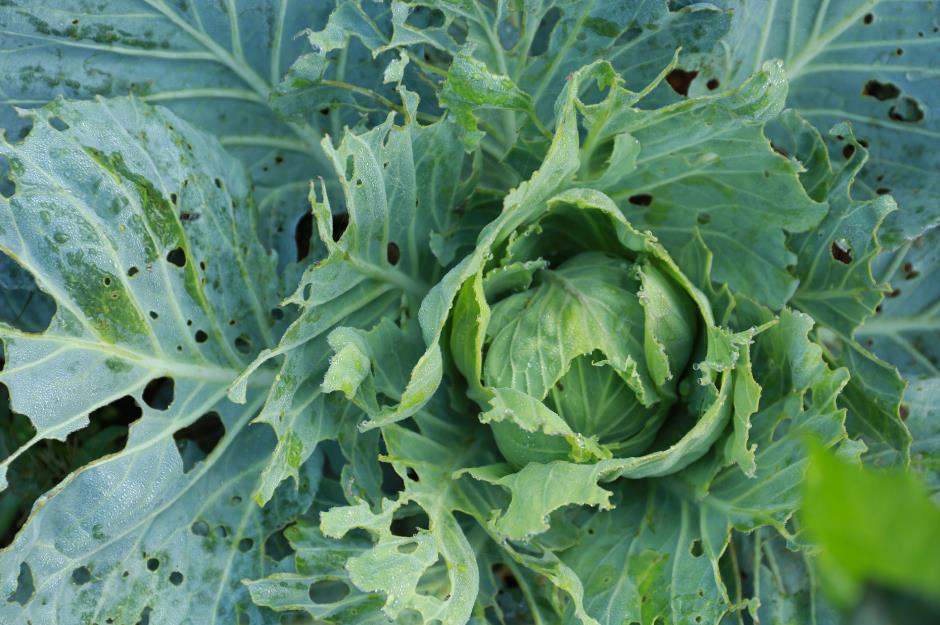
paitoon Meetee/Shutterstock
Buying loose vegetables means that you can check for insect holes, bruises or signs of decay such as yellowing leaves. Although veg doesn’t need to look perfect – buying wonky produce cuts down on food waste.
Use touch
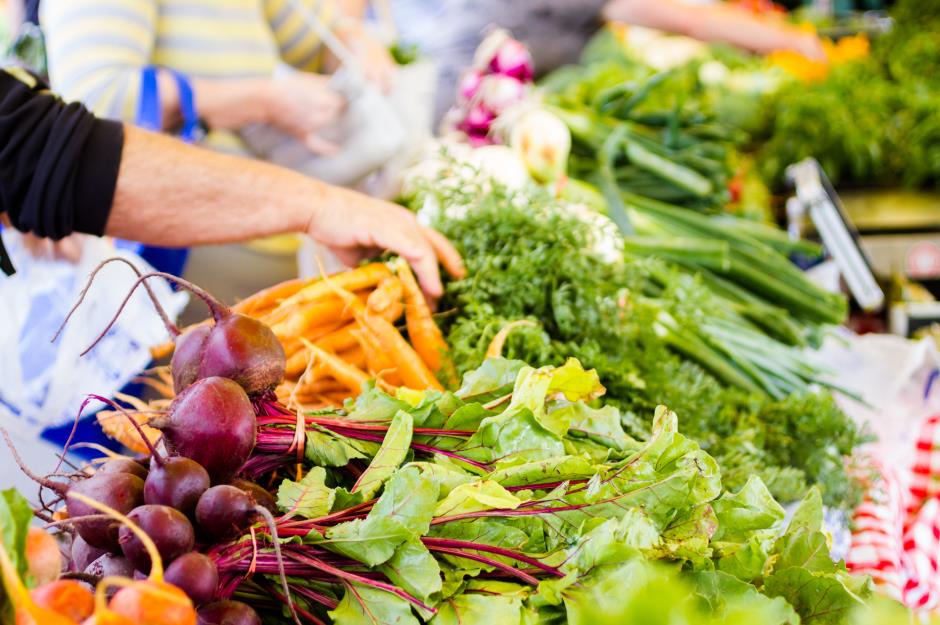
Arina P Habich/Shutterstock
Another positive to not buying pre-packaged vegetables is that you can handle them. Firm and smooth is key. Root veg should be heavier than it looks; broccoli stalks, celery, leeks and green beans should snap rather than bend; and never buy anything that feels a little slimy.
Choose seasonal
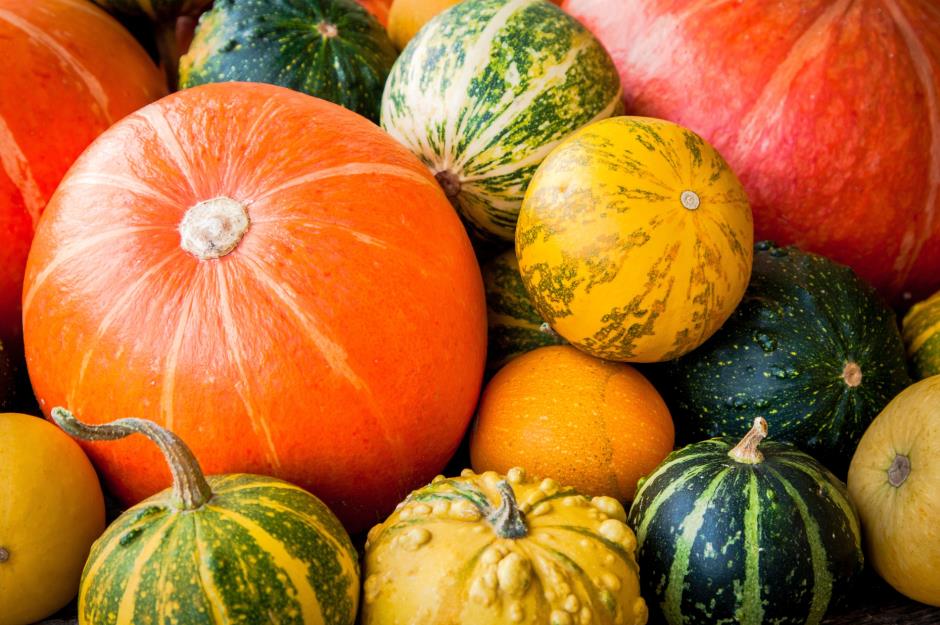
Ekaterina Kondratova/Shutterstock
If you want to be sure your vegetable is naturally ripened, tasty and packed with nutrients, then buy seasonally. There are easy-to-find online calendars which highlight what’s good to eat when near you.
Choose local
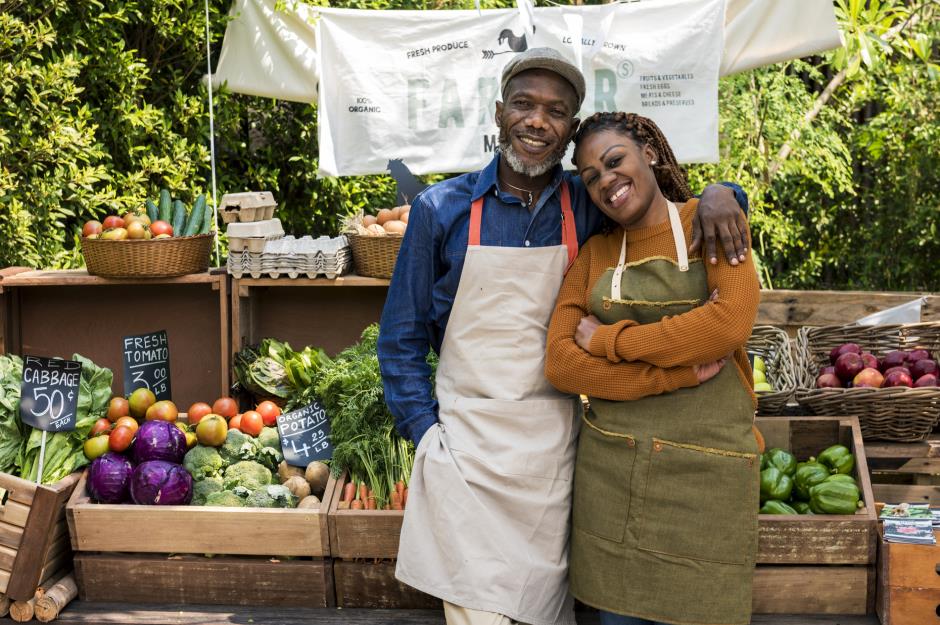
Rawpixel.com/Shutterstock
The farm-to-table revolution, with its reduction in storage and transport, is great for the environment and for your wallet. On a local level you’re also likely to find farms that don’t use harmful pesticides; ask at a farmers’ market, or drop into your local greengrocer or farm shop.
Is frozen OK?
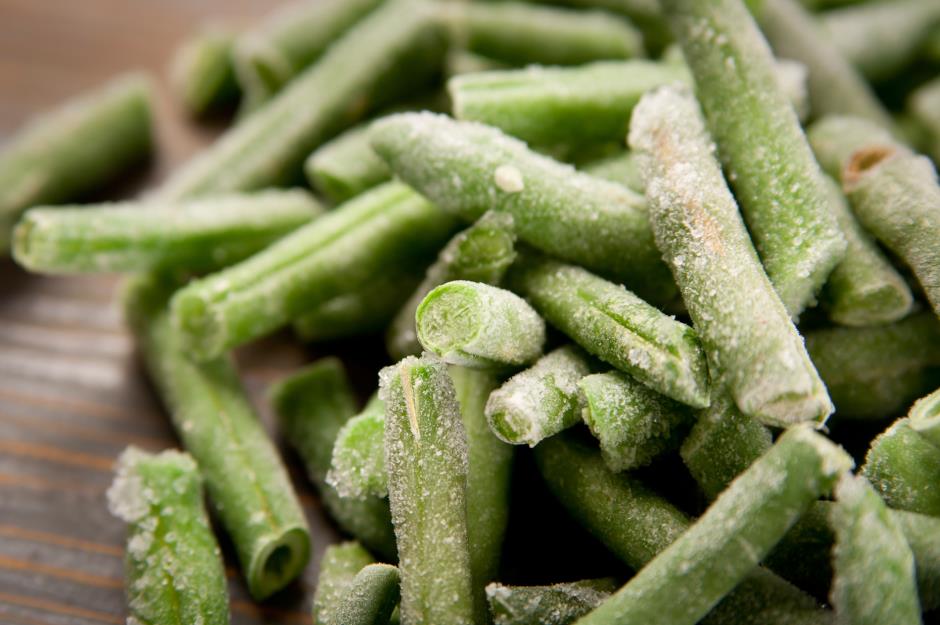
Chirapbogdan/Shutterstock
Studies have shown that frozen vegetables have just as many nutrients as fresh; particularly if your vegetable has been transported in cold storage as soon as it's been picked. The best freezing happens at the peak of freshness – just be sure to check the label for added sodium or preservatives.
To wash or not
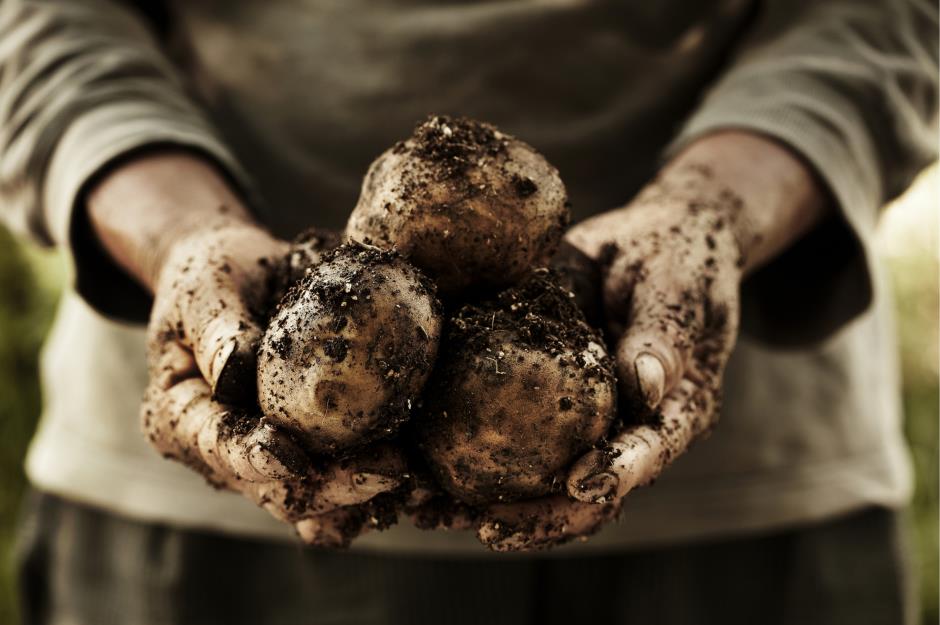
soo hee kim/Shutterstock
Leafy greens should be washed and dried before being put in the fridge, but mushrooms and herbs shouldn’t be washed until just before you cook them. Potatoes should be kept dry before and during storage – knock off any large clumps of mud but keep them as you bought them (or dug them up).
Keep fruit and vegetables apart
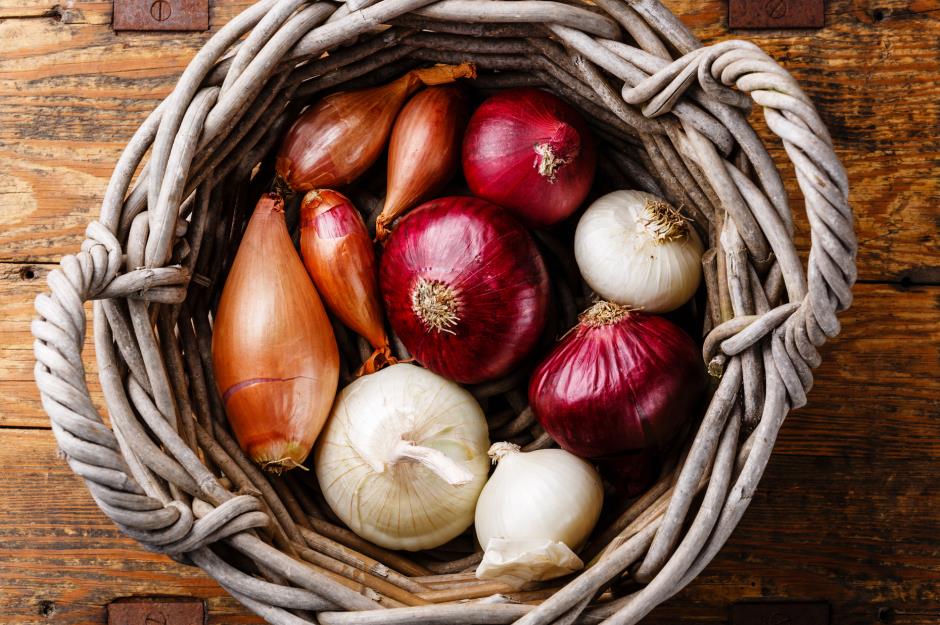
Lisovskaya Natalia/Shutterstock
Fruits – particularly bananas, apples and avocados – emit ethylene as they ripen, which a lot of vegetables are sensitive to. Be particularly careful about storing leafy greens separately, as they spoil quickly. Onions and potatoes should also be kept apart as each speeds up the other rotting – and always use, or throw out, damaged produce straight away.
Refrigerator rules
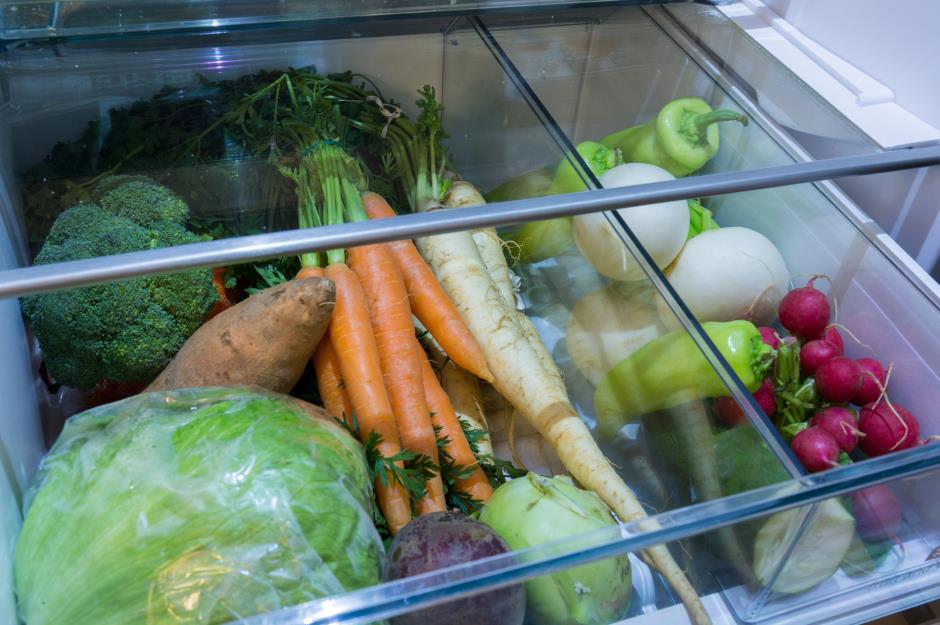
Michal – MPstudio/Shutterstock
Green vegetables tend to like a bit of humidity, so keeping them in plastic (which can be washed and reused) is a good idea. A bit of air circulation is good, so don’t make the bags airtight (some people like to punch holes in them) and don’t pack the drawers too tightly. Mushrooms do well in a brown paper bag, while herbs and asparagus can be kept upright, standing in a glass of water.
Room temperature rules
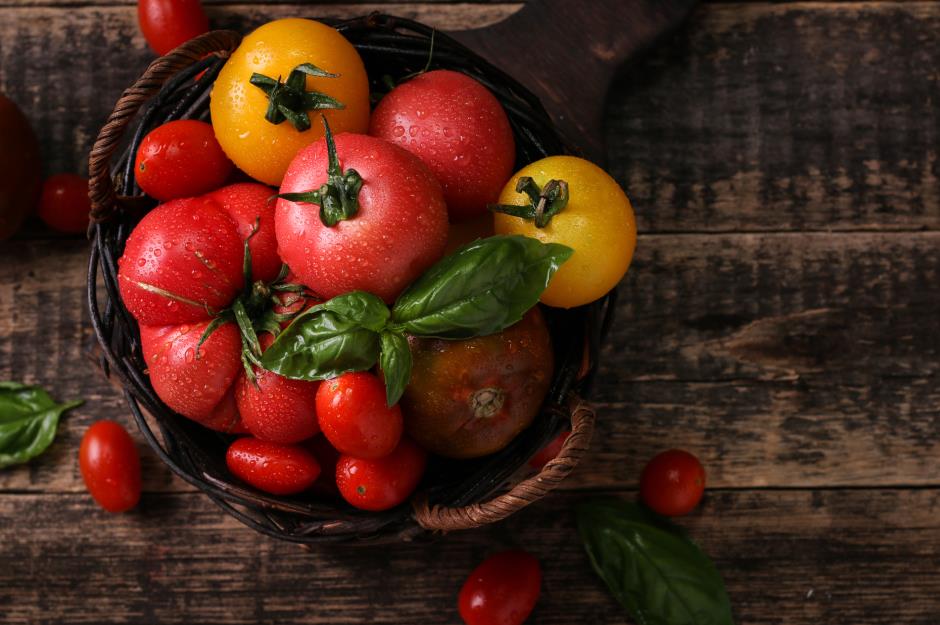
id-art/Shutterstock
Some vegetables don’t like it cold. Potatoes, onions, garlic, shallots, sweet potatoes and squash all do far better stored in a cool, dark place. Tomatoes (OK, technically a fruit…) should be ripened at room temperature, then you can keep them in the fridge.
Knife skills #1: slice
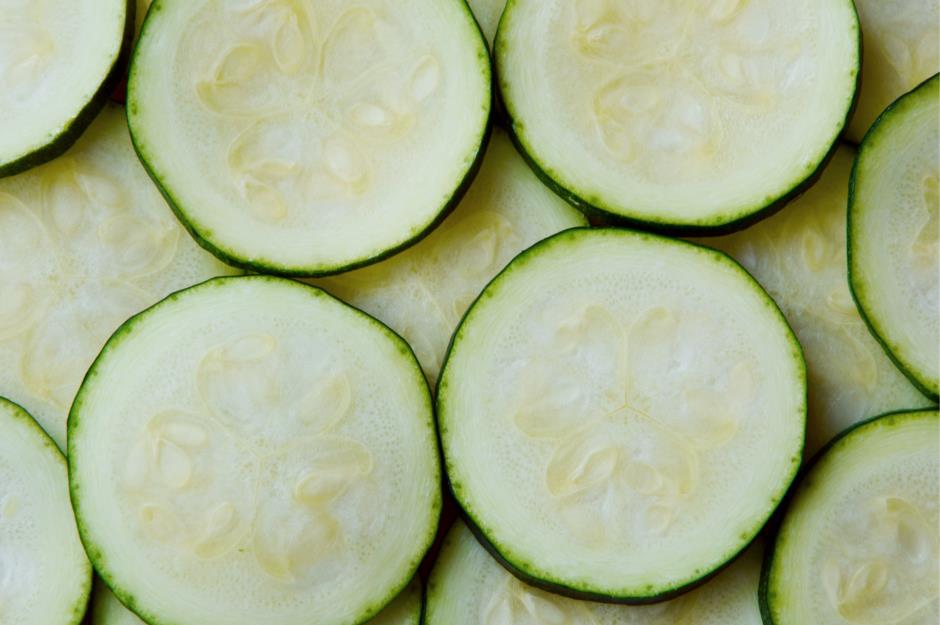
PosiNote/Shutterstock
Select one great chef's knife and keep it sharp. The key to slicing is to have the flat side of the vegetable face down on the board for stability – and to slide the knife forwards as well as down (this makes the blade effectively much sharper; imagine sliding versus pressing a sharp knife on your hand).
Knife skills #2: rolling chop
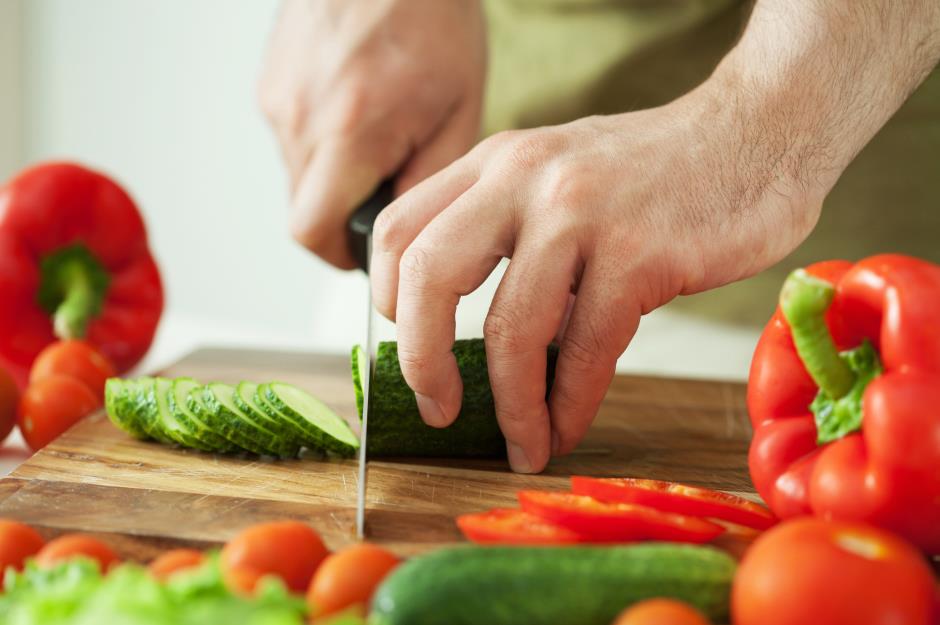
Olga Miltsova/Shutterstock
The rolling chop takes a bit of getting used to, but once mastered it’s a time saver. The idea is to keep the tip of the knife touching the board while you slice, and to use your other hand to guide the cutting (keep the fingers of this hand curled under to keep them away from the blade).
Knife skills #3: julienne
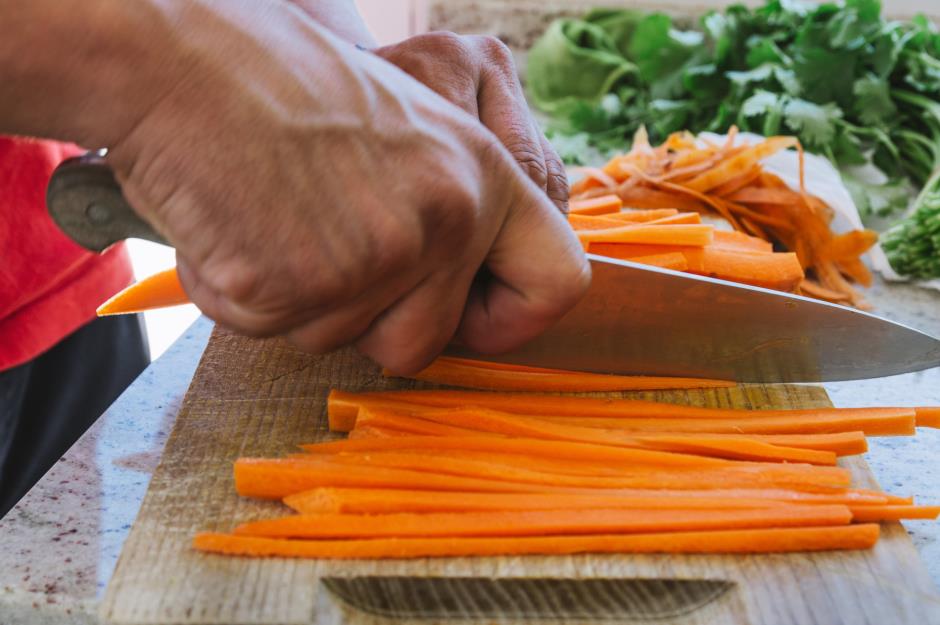
SAQUIZETA/Shutterstock
These long, thin matchsticks are essentially a progression from the ‘baton’, which is a half-centimetre (0.2-inch) julienne. Strictly speaking the vegetable should be ‘blocked off’ first – the edges cut to form a rectangular oblong.
Knife skills #4: dice
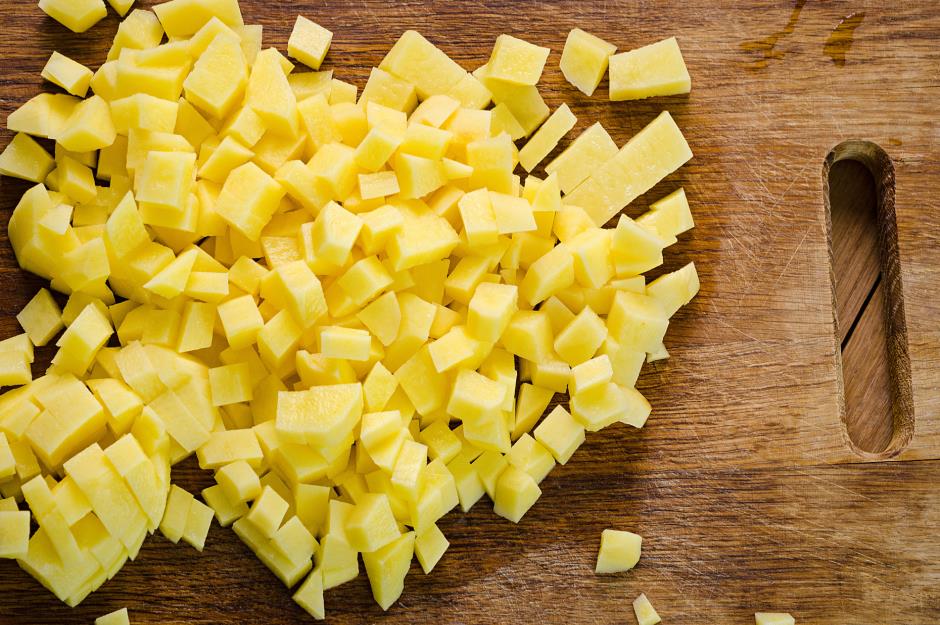
Roman Pyshchyk/Shutterstock
Start out by slicing off the tip and root of the vegetable and then cut into batons or julienne that can be stacked and chopped into evenly sized cubes. However, when dicing an onion don’t cut off the root – it’s from here that eye-watering oils are released, plus the root holds the onion together while you dice it.
Knife skills #5: chiffonade
Catherine Murray/Shutterstock
Although this sounds terribly fancy, it’s commonly used to chop mint or basil as a garnish. Stack the leaves up and then – being gentle – roll them tightly, before thinly slicing with a rolling chop.
Cook your veg #1: raw marinated
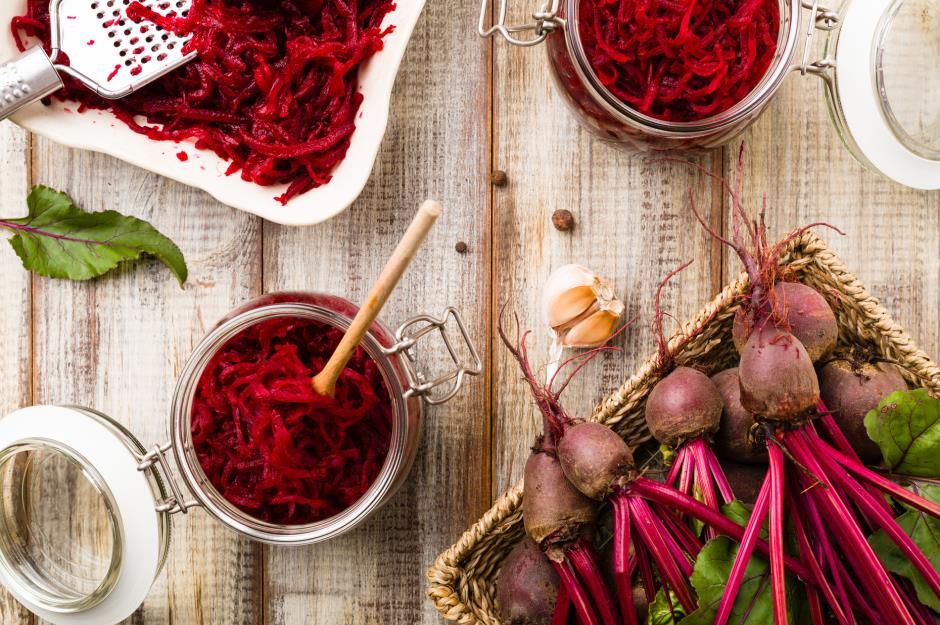
gkrphoto/Shutterstock
Marinating adds stacks of flavour to vegetables and softens them so they can be used in salads or on pizzas. Broccoli, carrots, beetroot (beets), courgettes (zucchini), bell peppers and red cabbage all work great; just pour over a dressing of extra virgin olive oil, red wine vinegar (or lemon works fine), minced shallots and garlic, salt and pepper; then refrigerate for a few hours or more.
Cook your veg #2: steamed
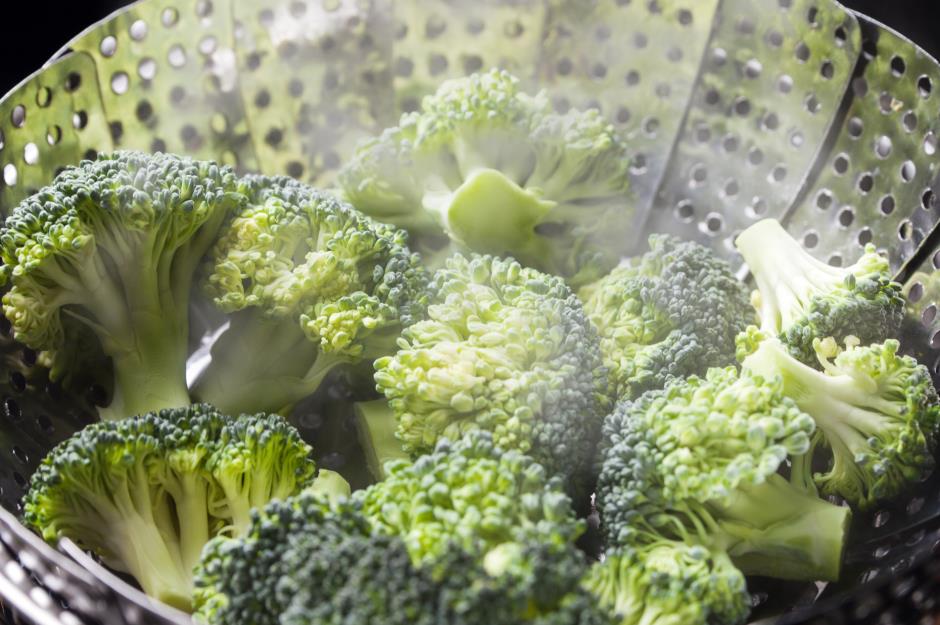
wandee007/Shutterstock
Steaming vegetables helps retain nutrients. Get the water up to boil before you start steaming, keep the size uniform and don’t over-steam (as a rule tender vegetables only need 3–5 minutes). For taste, add a squeeze of lemon or lime juice in the water and a pinch of salt and pepper.
Cook your veg #3: boiled
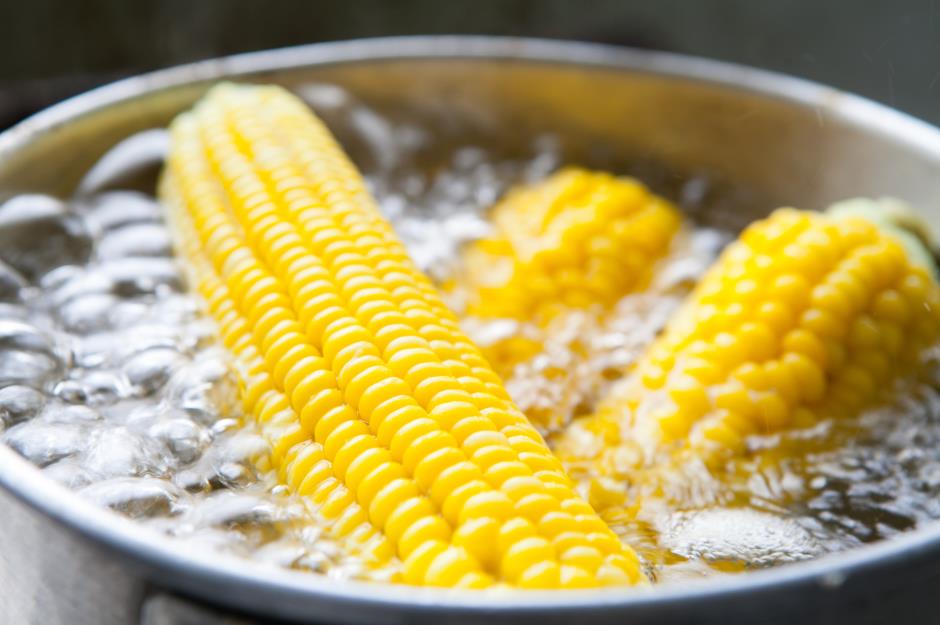
wandee007/Shutterstock
Different vegetables take different cooking times, but it’s a good rule of thumb to cook delicate green vegetables in already boiling water – they won’t need long (just five minutes for corn on the cob) and you can time it better. Root vegetables do better in cold water, but be careful not to overcook as you don’t want them to disintegrate.
Cook your veg #4: fried
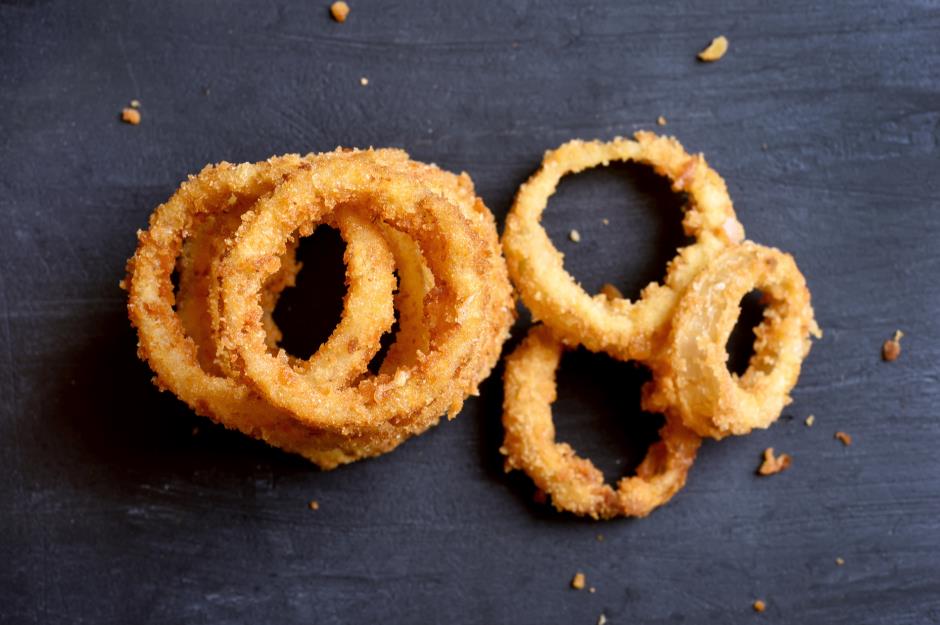
Tatiana Volgutova/Shutterstock
Frying – even shallow frying and deep fat frying – is considered a dry heat cooking method, as it doesn’t use water. And while yes, anything deep fried should be eaten in moderation, who can resist an onion ring steaming hot from the fryer?
Cook your veg #5: sautéed
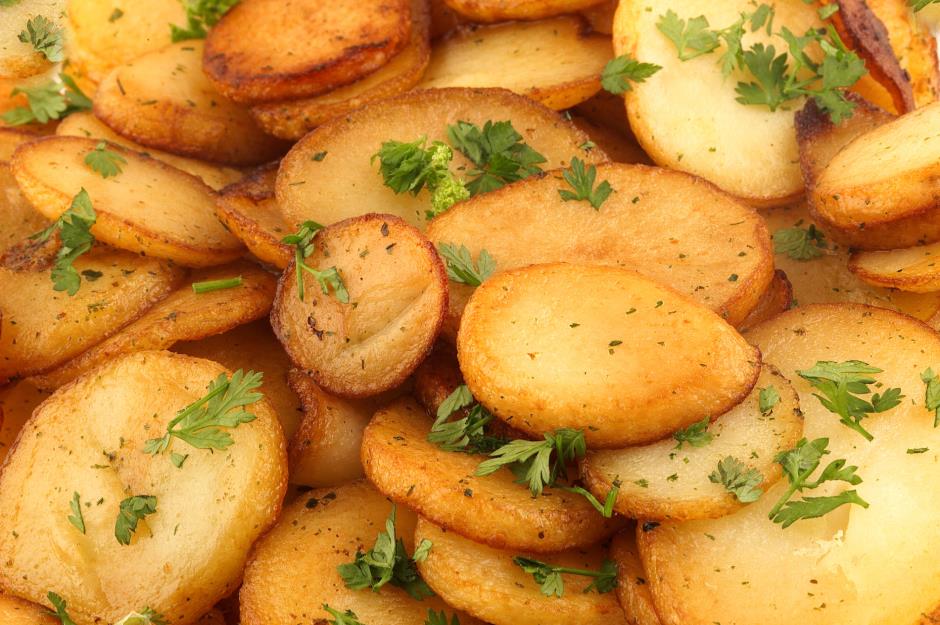
Foodpictures/Shutterstock
‘Sauté’ translates as ‘jump’ or ‘bounce’ and this medium-high to high-heat frying method is relatively fast; cut vegetables into small, uniform pieces and only use a little oil. For sautéed potatoes, we like to use a waxy variety such as Charlotte and briefly parboil them first.
Cook your veg #6: roasted
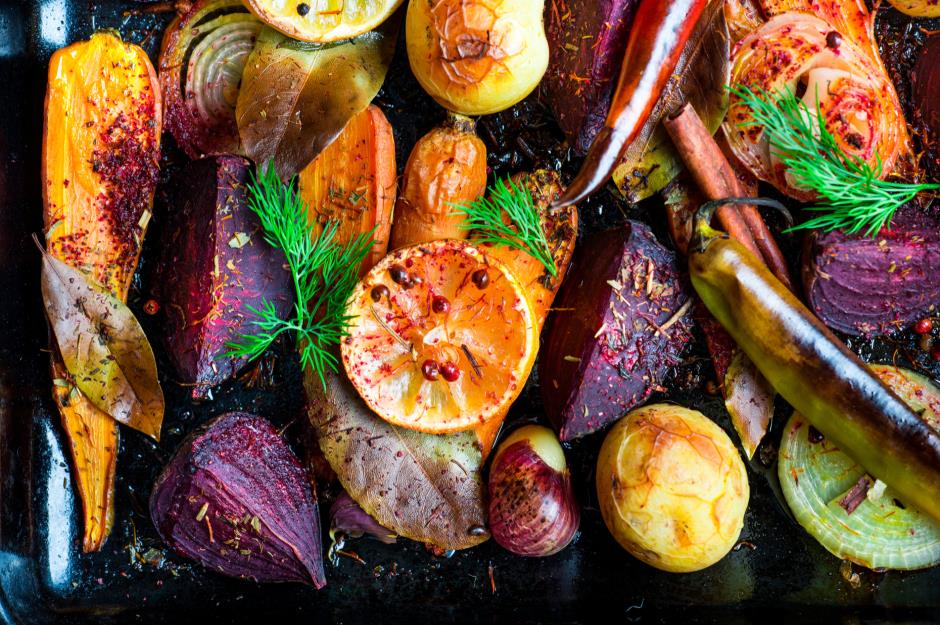
Malyugin/Shutterstock
There is nothing easier than throwing a heap of chopped vegetables in the oven to roast. Toss with olive oil and a generous amount of salt and pepper, don’t pack the pan too tight and roast for around 45 minutes (you can add quicker-cooking veg nearer the end). They're perfect when the edges begin to char.
Cook your veg #7: barbecued
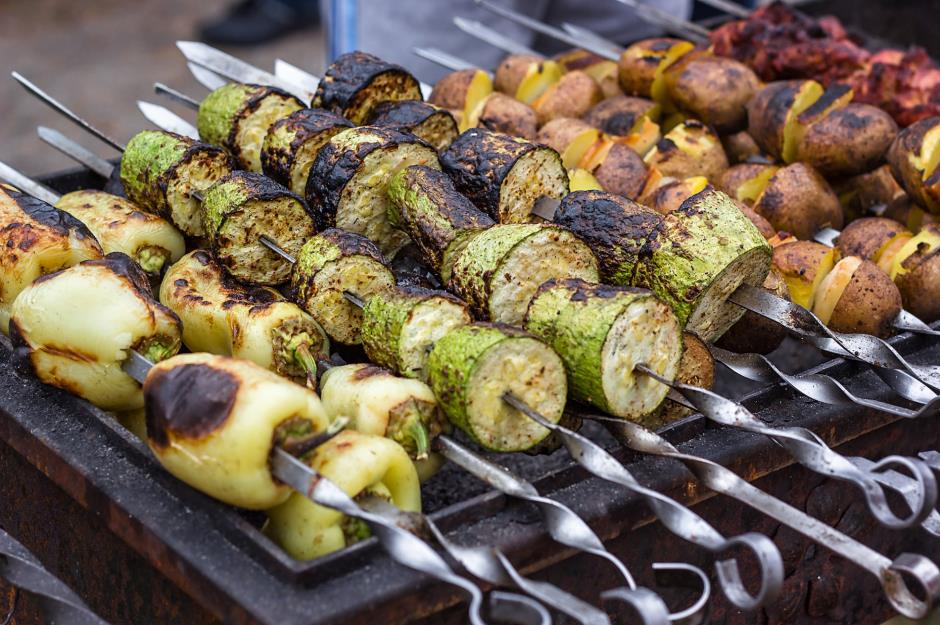
Bozhina Melnyk/Shutterstock
Barbecues are not the preserve of the meat eater. Radicchio, aubergine (eggplant), portobello mushrooms, corn on the cob, courgette (zucchini) and asparagus are just a few vegetables that turn sticky and delicious. You can marinade or grill dry (over charcoal or wood gets the best flavour) and drizzle with olive oil once cooked.
Pimp your veg #1: spiralise
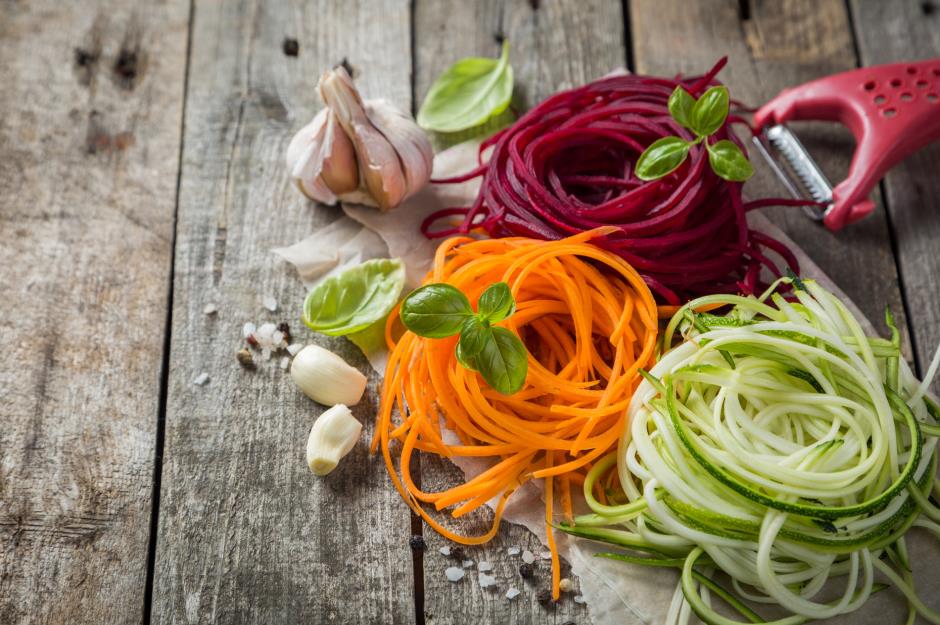
Oleksandra Naumenko/Shutterstock
You can buy a spiraliser or simply shave long ribbons using a vegetable peeler (those with a serrated edge will give you thinner noodles). Serve raw with salads or try sautéed as a pasta substitute.
Pimp your veg #2: stir in pesto or harissa
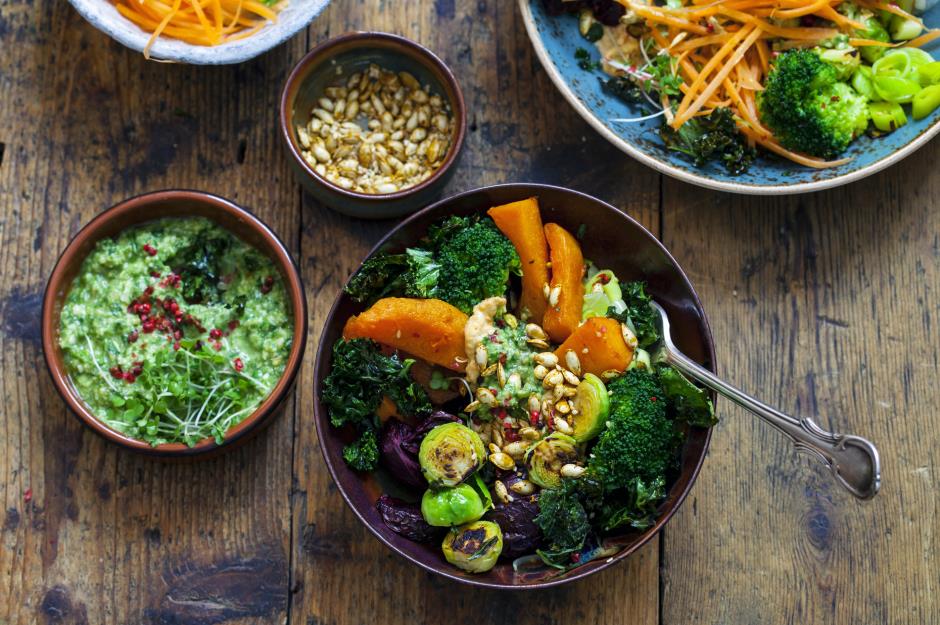
Magdanatka/Shutterstock
To add a flavour punch, stir through pesto or harissa (homemade is best, but shop bought is fine). This works great with barbecued or roasted vegetables.
Pimp your veg #3: herbs and spices
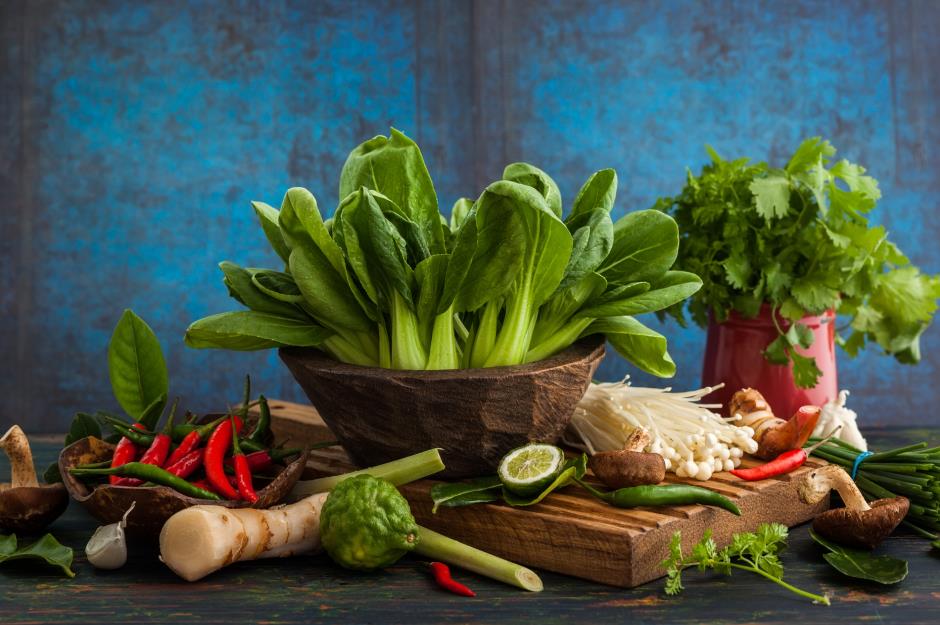
sarsmis/Shutterstock
The great thing about adding herbs and spices is that you can experiment with flavour combinations. Rosemary, sage and thyme are fantastic with roast potatoes or carrots; spices such as nutmeg or paprika are perfect to add flavour to mild cauliflower; fresh ginger and red chillies are a lovely addition to leafy greens.
Pimp your veg #4: roast with honey
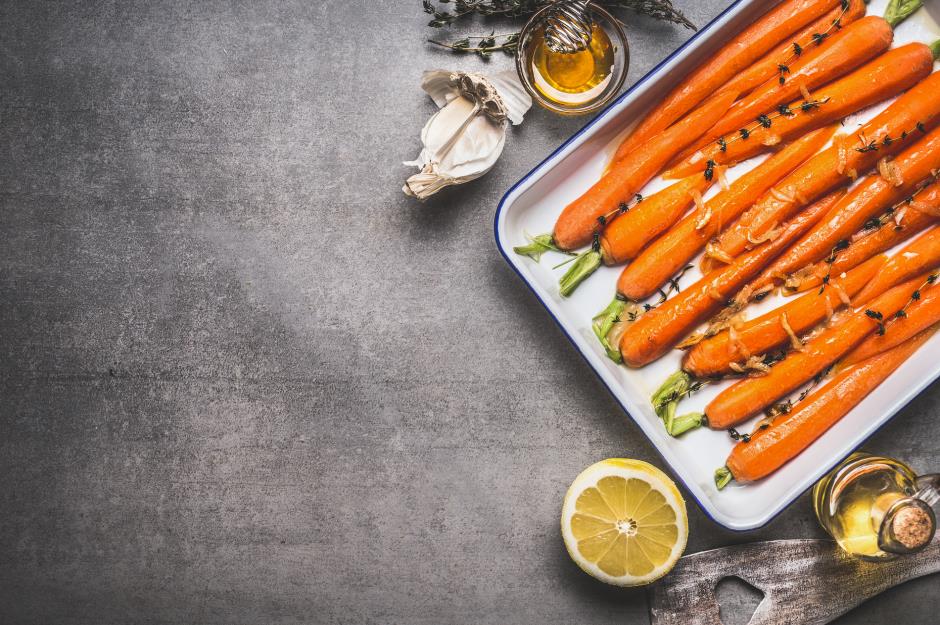
VICUSCHKA/Shutterstock
Root vegetables roast incredibly well drizzled in honey; carrots and turnips in particular come up really sticky and sweet.
Pimp your veg #5: scatter with almonds
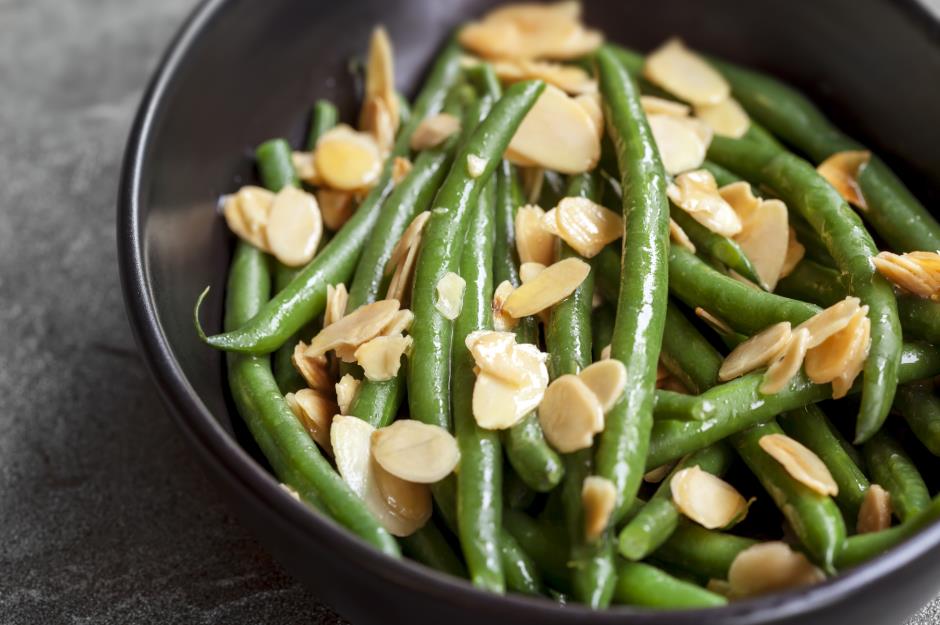
Robyn Mackenzie/Shutterstock
Lightly toasted flaked almonds add texture and a bit of star quality to veg such as sprouts, broccoli, asparagus or green beans.
Pimp your veg #6: fancy mash
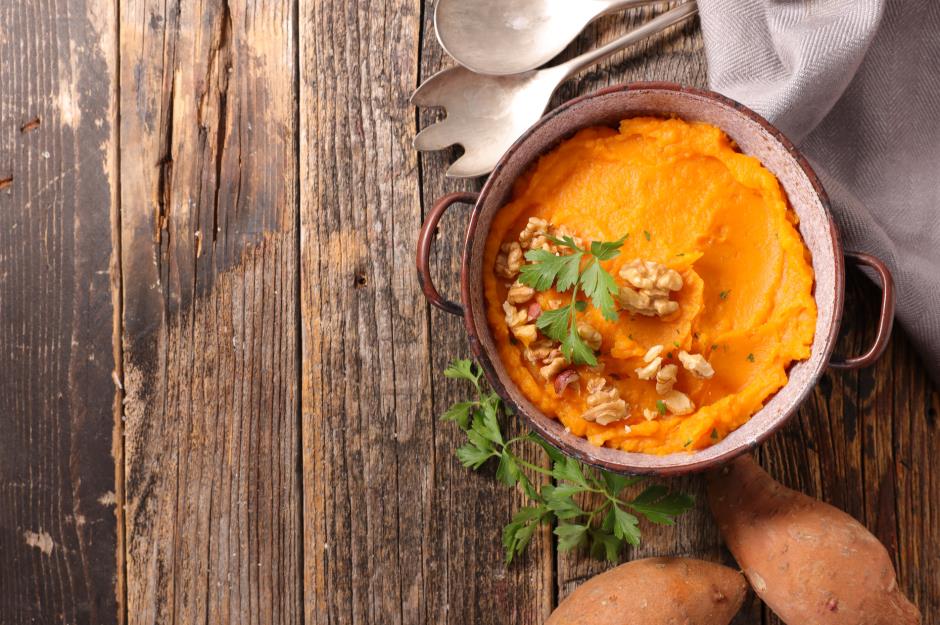
margouillat photo/Shutterstock
Mashed potato isn’t just for kids… add garlic, cheese or saffron to go next-level gourmet. And don’t stop there, as pretty much every root vegetable can be mashed. For something colourful, why not try sweet potato, beetroot or butternut squash?
Comments
Do you want to comment on this article? You need to be signed in for this feature